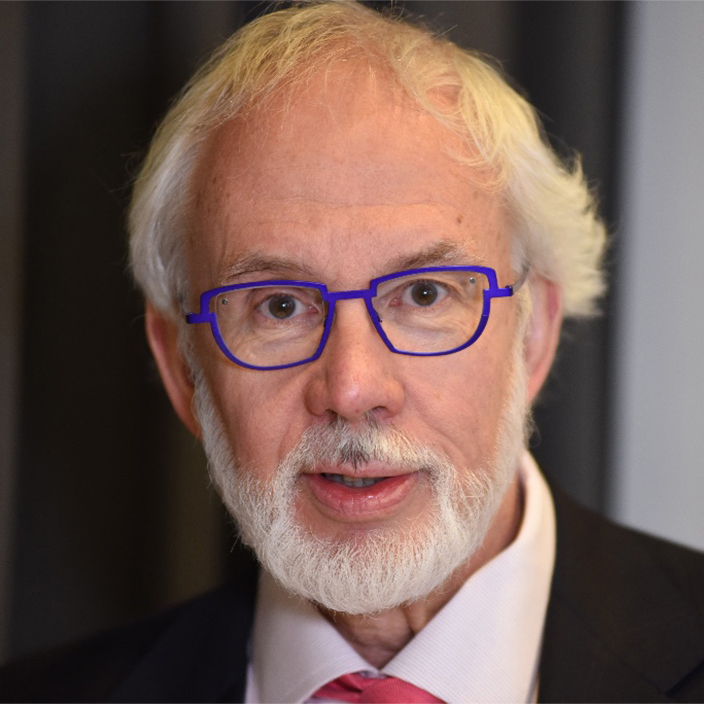Summary
It’s been a rough few years for ESG—the popular shorthand for measuring and managing a company’s environmental, social, and governance performance. Critics on the political left believe ESG is insufficient for addressing major societal issues such as climate change; critics on the right say ESG pushes a liberal agenda. The barrage of criticism has caused ESG to lose its luster among many executives. Yet the need for a transparent way to connect a company’s financial performance with its ESG performance remains.
It’s time, says Oxford professor Robert G. Eccles, to take stock of ESG and chart a path forward. He acknowledges the complex challenges that still need to be resolved. Chief among them is whether to use single materiality (which focuses on shareholder value) or double materiality (which includes societal impact).
In this article Eccles recommends a pragmatic approach for corporate leaders: clearly define corporate purpose, improve transparency in ESG reporting, and engage stakeholders constructively. These strategies will help companies manage ESG pressures by focusing on material issues that affect shareholder value while also acknowledging and addressing broader societal impacts.
It’s been a rough few years for ESG—the popular shorthand for measuring and managing a company’s environmental, social, and governance performance. In the United States the term has become a punching bag for both sides of the political aisle. For those on the left, ESG doesn’t go far enough in forcing business to address major societal challenges, particularly climate change. For those on the right, it represents an insidious attempt to make companies adopt a liberal agenda, thus distorting markets and free competition. And critics of all stripes have complained about greenwashing—the practice of overstating ESG efforts by companies and investors. This barrage of criticism has caused ESG to lose its luster for many executives. Some even engage in “greenhushing”—they no longer talk publicly about their ESG initiatives.
Yet the need for a transparent way to connect a company’s financial performance with its environmental, social, and governance performance remains. So, too, do the social challenges—including climate change—that business must play a role in addressing. It’s time to take stock of ESG and chart a path forward for the corporate sustainability movement. To that end I’ve spent the past two years shuttling between the warring factions in the debate, meeting with liberals and conservatives, critics and supporters, in New York, Washington, and in Europe, trying to find common ground.
The debate over ESG will take years to shake out. There are legitimate and complex challenges—both political and technical—that are not even close to being resolved. A prime example is the question of whether to use single materiality or double materiality when assessing ESG performance. Single materiality (also called financial materiality) attempts to quantify ESG issues that are important for shareholder value creation—that is, those issues that pose risks for a company. It is the dominant variant of ESG in use today. Double materiality attempts to measure a company’s impact as well—that is, the positive and negative externalities it creates that make the world a better or worse place but don’t directly affect corporate financial performance. But impact is fiendishly difficult to quantify, and no political agreement exists on whether it’s even appropriate to require executives to provide such information to investors and other key stakeholders. In general, European countries and U.S. liberals are pushing for regulations to enforce double materiality, confident that the measurement challenges can be overcome. U.S. conservatives and many corporate executives prefer single materiality, arguing that double materiality is neither feasible nor warranted. It’s a pickle.
At the core of the ESG debate is the fundamental question of the role of the corporation in society: What does it mean to be a responsible business? Putting aside all the florid rhetoric, this is the challenge facing corporate leaders today. They need to be clear about how their companies create value for shareholders and how their ESG initiatives contribute. They need to be equally clear about what their companies cannot do with ESG to make the world a better place and what belongs in the realm of public policy. Too many companies, investors, and politicians conflate the two.
At the core of the ESG debate is the fundamental question of the role of the corporation in society: What does it mean to be a responsible business?
Companies can and should lobby for effective government regulations related to ESG, but that is not the focus of this article. Instead I’ll offer three strategies that corporate leaders can use to manage the conflicting pressures in the ESG political wars. The foundation for all three strategies is a recognition of the difference between traditional ESG and impact (in other words, the difference between single and double materiality). These strategies will allow leaders to shift away from their reactive postures and proactively shape discussions across the political spectrum.
Be Clear About Your Purpose
A company must define its purpose with precision. Too many mission, vision, and values statements are so broad that they could apply to any organization. Clarity of purpose requires highlighting material ESG issues that directly affect value creation—but not including the broader positive and negative impacts a company has on the world. Supporters of stakeholder capitalism and double materiality do not like this approach; they argue that over time stakeholder and shareholder interests converge. But that simply isn’t true. Not all stakeholder issues are pertinent to shareholder value. Trade-offs are inevitable.
Colin Mayer, my colleague at the University of Oxford, contends that the purpose of a company is to produce profitable solutions to the problems of the people and the planet and to minimize profit from creating problems. ExxonMobil’s purpose is to service the world’s energy needs profitably. At the moment, that includes supplying both green and brown energy. The company’s CEO, Darren Woods, believes that its low-carbon business (such as carbon capture and storage and hydrogen) could be bigger than its traditional oil and gas business in 10 years, but he is unapologetic about meeting the energy needs of today with ExxonMobil’s legacy fossil-fuel business.
SUBSCRIBE TO OUR NEWSLETTER
Subscribe our newsletter to receive the latest news, articles and exclusive podcasts every week


